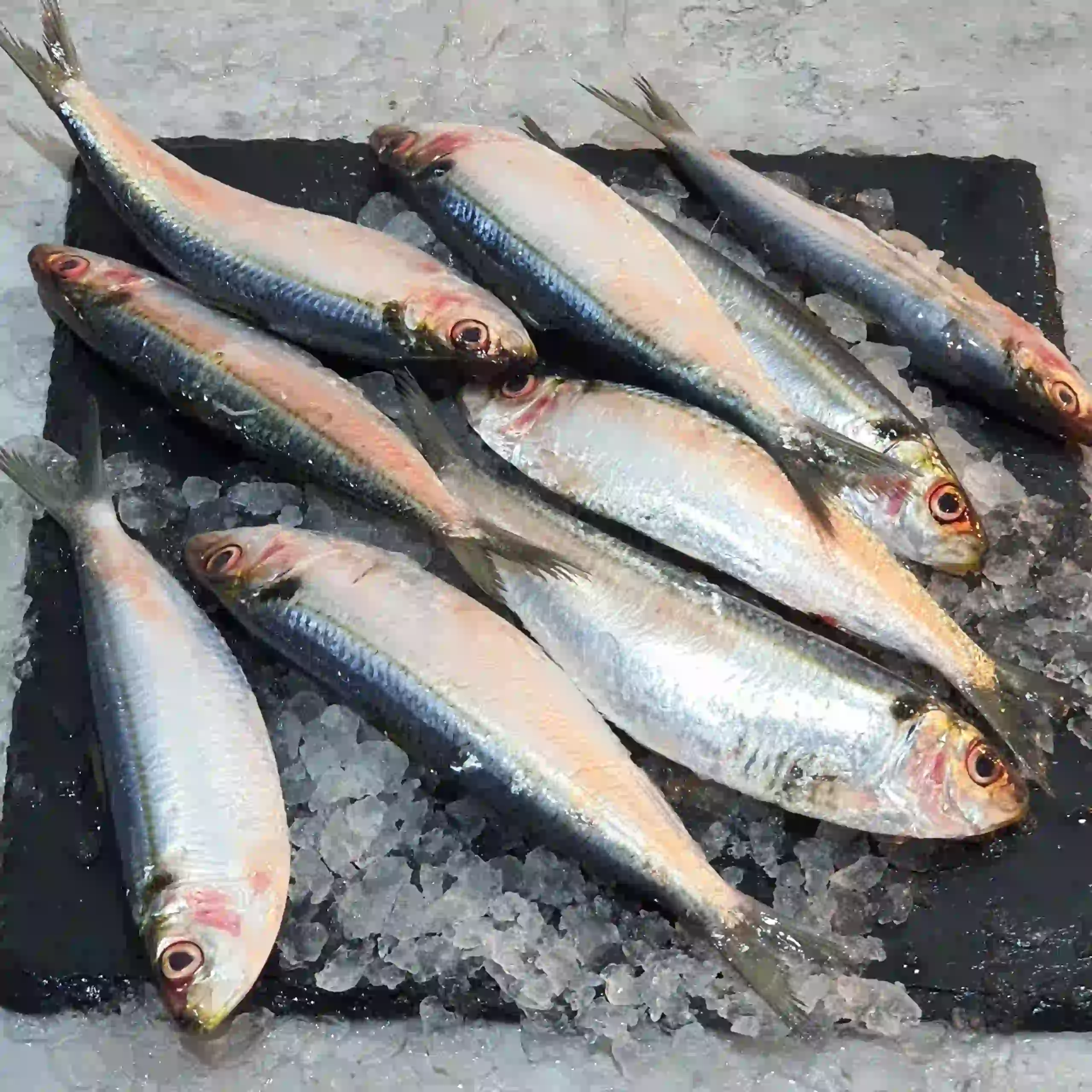Sardines are small, oily fish that belong to the herring family. These small wonders of the sea have been a staple in the culinary world for centuries. Not only are they delicious, but sardines also provide numerous health benefits, making them a popular choice among health-conscious individuals. In this article, we will explore the nutritional benefits, culinary uses, and sustainability of sardine fish.
Nutritional Benefits of Sardine Fish:
Sardines are often referred to as a “superfood of the sea” due to their impressive nutrient profile. These fish are an excellent source of high-quality proteins, omega-3 fatty acids, vitamins (such as vitamin D, vitamin B12, and vitamin B3), and minerals (including calcium, phosphorus, and selenium). The omega-3 fatty acids found in sardines are known to promote heart health, reduce inflammation, and support brain function.
Culinary Uses of Sardine Fish:
Sardines are incredibly versatile when it comes to culinary applications. They can be enjoyed in various ways, including fresh, canned, or smoked. Fresh sardines are often grilled, baked, or pan-fried, and their delicate flavor pairs well with citrus, herbs, and spices. Canned sardines, packed in oil or water, are convenient and can be added to salads, pasta dishes, or enjoyed on toast. Smoked sardines add a unique smoky flavor and are commonly used in spreads, dips, or incorporated into pâtés.
Biya fish, also known as Asian sea bass or barramundi, is a species of fish that holds a special place in the culinary world. With its sleek silver body and distinctive pattern of scales, the Biya fish is not only a visual delight but also a treat for the taste buds. This versatile fish can be found in the coastal waters of Southeast Asia and is highly prized for its delicate flavor and firm, white flesh.
The Biya fish has gained popularity due to its ability to adapt to different cooking methods. Whether grilled, steamed, or pan-fried, this fish retains its natural flavor and remains moist and tender. Its mild, yet slightly sweet taste makes it a favorite among seafood enthusiasts, and it pairs well with a variety of seasonings and sauces.
Rich in nutrients, the Biya fish is a healthy choice for those seeking a balanced diet. It is an excellent source of high-quality protein, omega-3 fatty acids, and essential vitamins and minerals. These nutritional benefits contribute to overall well-being, promoting heart health, brain function, and reducing the risk of chronic diseases.
Hamour fish, also known as grouper, is a popular and delicious fish found in the Arabian Gulf region. This species is highly valued for its delicate flavor and firm, white flesh, making it a sought-after choice among seafood enthusiasts.
The hamour fish has a distinctive appearance, with a broad, flattened body and a large mouth, perfect for catching prey. Its coloration varies from dark brown to gray, blending seamlessly with its natural habitat of rocky reefs and coral formations. Renowned for its versatility, the hamour fish can be prepared in numerous ways, including grilling, baking, or frying, each method enhancing its unique taste.
The Hilsa fish, also known as Ilish or Pulasa, is a species of fish that holds a special place in the culinary and cultural traditions of South Asia. It is widely regarded as one of the most sought-after and prized fish varieties in the region. Hilsa fish is predominantly found in the rivers of Bangladesh, India, and Myanmar, with the Ganges and Brahmaputra rivers being its primary habitats.
What sets the Hilsa fish apart is its distinctive taste and flavor, making it a delicacy enjoyed by many seafood enthusiasts. Its flesh is tender, oily, and has a rich, distinct flavor that is truly unique. The fish is silver in color and has a slender, elongated body with sharp, pointed scales. It is highly valued for its soft texture and the way it melts in the mouth when cooked to perfection.
The Hilsa fish is not just known for its culinary excellence but also holds great cultural significance. In Bangladesh, it is considered the national fish and holds a prominent place in their cuisine and cultural celebrations. During the monsoon season, when the Hilsa fish migrates upstream to spawn, it becomes a major part of festivities and feasts.
Sustainability of Sardine Fish:
Sardines are considered a sustainable seafood choice due to their abundance and fast reproduction rate. They are low in the food chain, meaning they consume plankton rather than larger fish. This ecological position makes sardines less susceptible to overfishing and reduces the risk of bioaccumulation of toxins. It is advisable to choose sardines that are sourced from well-managed fisheries or carry sustainability certifications such as MSC (Marine Stewardship Council).
Sardine fish is not only a delicious addition to your culinary repertoire but also a nutritional powerhouse. Its abundance of proteins, omega-3 fatty acids, vitamins, and minerals make it an excellent choice for promoting heart health, reducing inflammation, and supporting brain function. With its versatility in the kitchen and sustainable sourcing options, sardines are a responsible and tasty choice for seafood enthusiasts. So, next time you’re at the fish market, consider adding sardines to your shopping list and discover the many benefits they offer. Read More Post Visit.

















